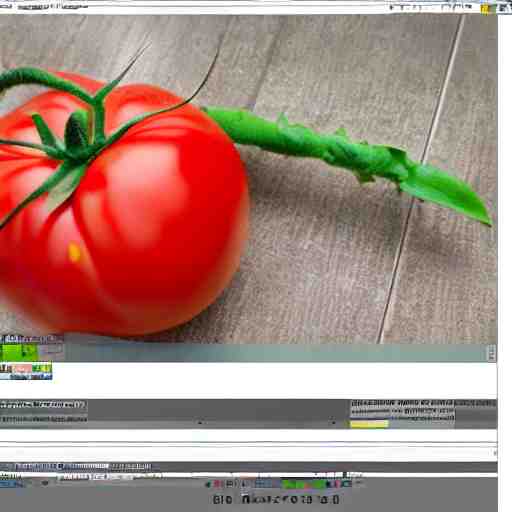Where do I start?
Covid-19 is a code that provides predictive data on 19 healthcare conditions from a sample of survey responses every ten years. This is also called Continuous NHIS Survey (CNS). What is this? NHIS stands for National Health Interview Survey, which is a continuous survey that collects health, health-related, and demographic information from a representative sample of the U.S. civilian non-institutionalized population each year. As a result, it is an ongoing survey that provides up-to-date estimates of health coverage, medical insurance and health care utilization in the United States.
What are the benefits of properly managing your COVID-19?
This way of collecting data on healthcare allows us to have information updated at all times and in real time. This can help you in finding out where your company’s potential clients are located from a global perspective and how many people are served by each clinic from each state. It is also useful when mapping out your expansion strategy to know in advance what service level you can achieve at each location.
Therefore, this information helps you immensely when managing your business or health centers because it allows you to know what location from what country or state are at risk of not getting attended due to lack of staff or facilities available for them and where you should open up new service centers or satellite offices so that there is always enough personnel available for them to attend all the needs of your clients there. This can also help you in providing better service to those who already come to your offices with the least amount of time off between appointments and less time waiting for their turn in line by keeping them arriving on time instead of late due to
Get the latest stats on COVID-19 around the world. You will receive a list with information for all countries.
To make use of it, you must first:
1- Go to CoronaTracker API and simply click on the button “Subscribe for free” to start using the API.
2- After signing up in Zyla API Hub, you’ll be given your personal API key. Using this one-of-a-kind combination of numbers and letters, you’ll be able to use, connect, and manage APIs!
3- Employ the different API endpoints depending on what you are looking for.
4- Once you meet your needed endpoint, make the API call by pressing the button “run” and see the results on your screen.



